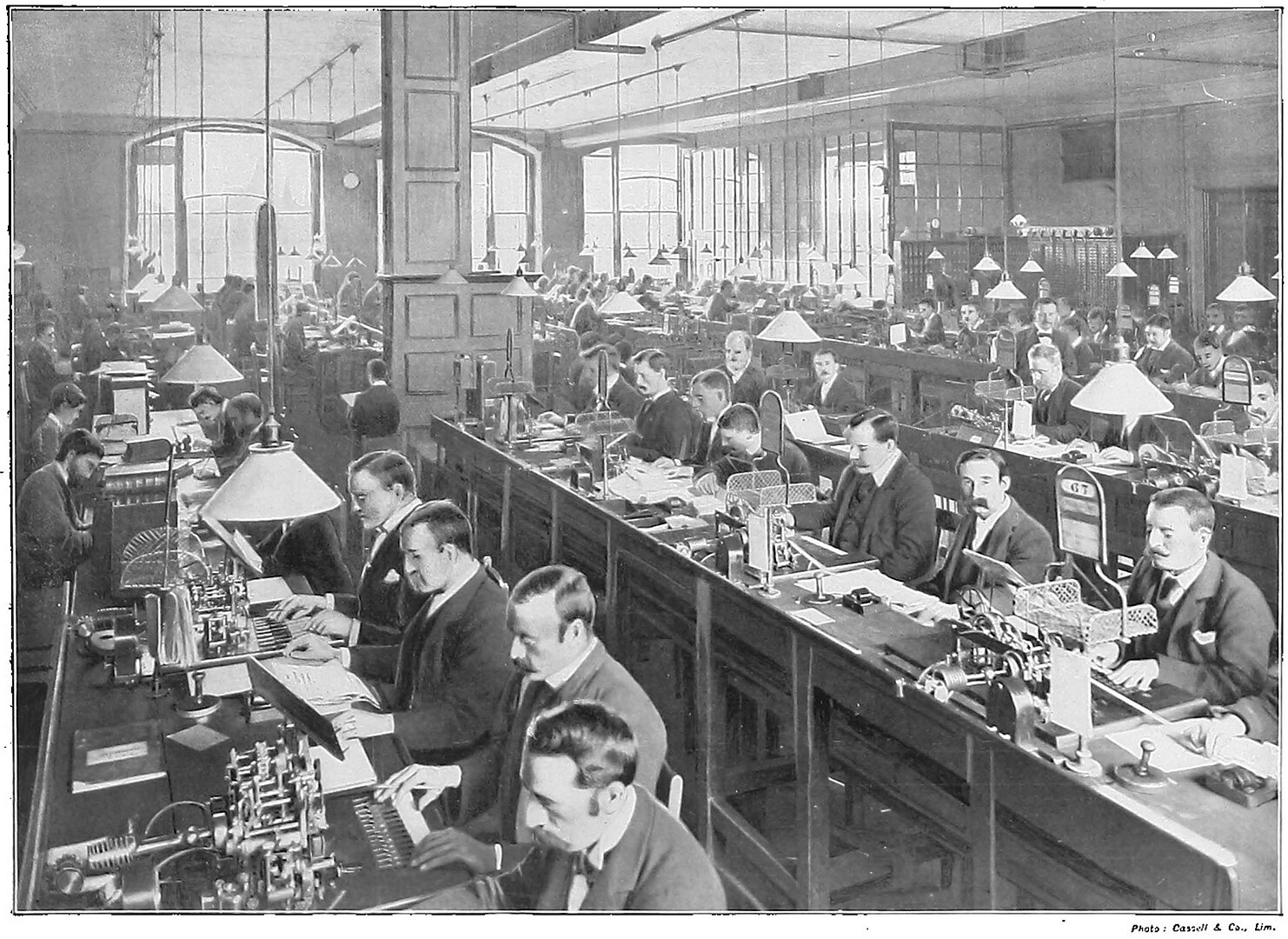The development of international subsea cables for Melbourne, Australia, holds significant potential to enhance the city’s connectivity to global markets and bolster its position as a digital hub in the Asia-Pacific region. Here’s what the development might look like:
- Increased Connectivity: The development of international subsea cables will lead to a substantial increase in connectivity for Melbourne, connecting it directly to key international markets across the Asia-Pacific, including Southeast Asia, China, Japan, and beyond. These cables will provide high-speed, low-latency connections, enabling faster data transmission and reducing reliance on existing cable routes that may be congested or prone to disruptions.
- Improved Resilience: The addition of multiple international subsea cables will enhance the resilience of Melbourne’s telecommunications infrastructure by providing diverse routing options. This redundancy reduces the risk of outages and disruptions caused by cable breaks, natural disasters, or other unforeseen events, ensuring continuity of connectivity for businesses and consumers in the region.
- Enhanced Capacity: New international subsea cables will significantly increase the capacity for data transmission to and from Melbourne, catering to the growing demand for bandwidth-intensive applications such as cloud computing, streaming media, and online gaming. The higher capacity offered by these cables will support the expansion of digital services and the adoption of emerging technologies in various industries.
- Support for Digital Economy: The development of international subsea cables will play a crucial role in supporting Melbourne’s digital economy by enabling seamless connectivity for businesses engaged in e-commerce, digital services, fintech, and other online ventures. The availability of high-speed, reliable internet connectivity will attract tech companies, startups, and multinational corporations to establish or expand their presence in Melbourne, driving economic growth and innovation in the region.
- Collaboration Opportunities: The development of international subsea cables presents opportunities for collaboration between stakeholders in Melbourne, including telecommunications providers, government agencies, research institutions, and industry associations. Collaborative efforts can help facilitate the planning, deployment, and maintenance of these cables, ensuring that they meet the needs of the local community while adhering to regulatory and environmental standards.
- Environmental Considerations: The development of international subsea cables will require careful consideration of environmental factors to minimize potential impacts on marine ecosystems and coastal areas. Collaboration with environmental organizations and regulatory bodies will be essential to ensure that cable routes are chosen and constructed in a manner that minimizes disruption to marine life and habitats.
- Regulatory and Security Considerations: The development of international subsea cables will also involve navigating regulatory requirements and addressing security concerns related to data privacy, cybersecurity, and national sovereignty. Collaboration with government agencies and industry stakeholders will be crucial to ensure compliance with relevant regulations and to address any security risks associated with the deployment and operation of these cables.
In summary, the development of international subsea cables holds great promise for Melbourne, Australia, bringing increased connectivity, resilience, capacity, and support for the digital economy. Collaboration between stakeholders will be essential to realize these benefits while addressing environmental, regulatory, and security considerations.
